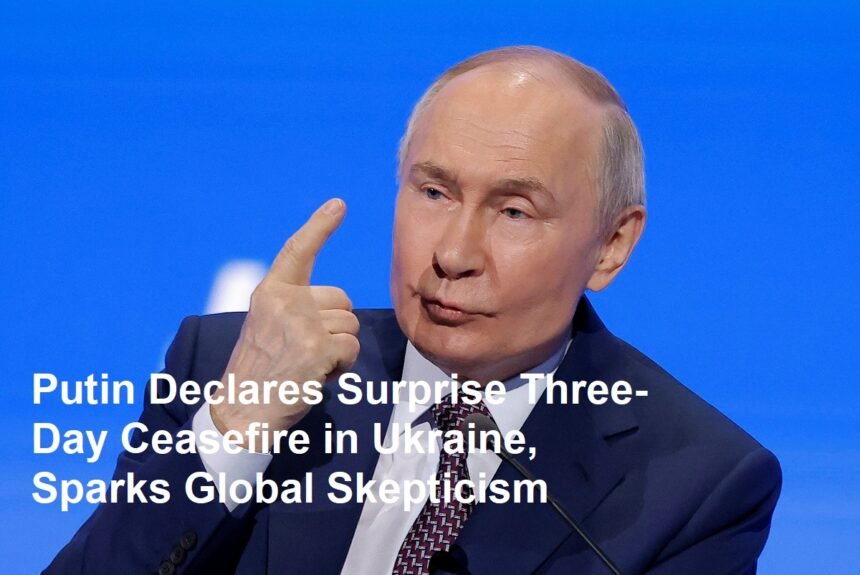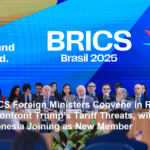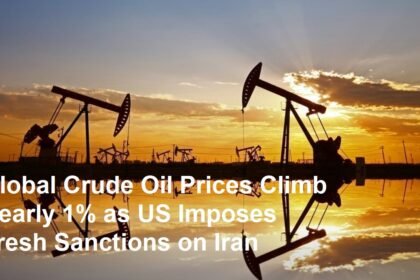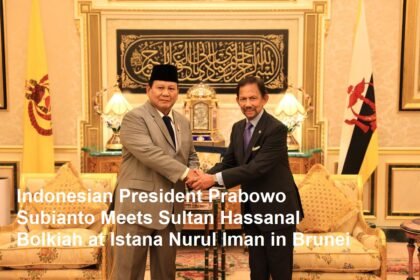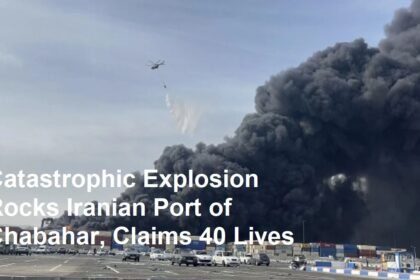Kyiv, Ukraine | Moscow, Russia – May 8, 2025: In an unexpected move, Russian President Vladimir Putin announced a unilateral three-day ceasefire in Ukraine, effective from May 8 to May 11, 2025. The declaration, broadcasted in a late-night address, cited Orthodox Christian Easter observances as the impetus for a “humanitarian pause” to allow civilian evacuations and aid delivery. However, the announcement has been met with deep skepticism from Ukrainian officials and Western allies, who accuse Moscow of leveraging temporary truces to regroup militarily and manipulate international opinion.
The Announcement
Putin’s televised statement framed the ceasefire as a “gesture of goodwill” to facilitate religious observances and “alleviate civilian suffering.” He urged both sides to halt hostilities, including artillery strikes and aerial operations, and called for the opening of humanitarian corridors in besieged cities such as Mariupol, Kharkiv, and Kherson. The Russian Defense Ministry claimed it had already begun withdrawing troops from “non-strategic” positions, though independent verification remains scarce.
Ukrainian President Volodymyr Zelenskyy swiftly dismissed the proposal as a “cynical ploy,” noting that Orthodox Easter had already passed in late April. “This is not about peace. It is about buying time to reinforce their failing lines,” he asserted during an emergency briefing. NATO Secretary-General Jens Stoltenberg echoed these concerns, stating, “Russia has a history of exploiting ceasefires to rearm. We urge extreme caution.”
International Reactions
Global responses have been divided. The United Nations cautiously welcomed the move, with Secretary-General António Guterres urging compliance to “prevent further loss of life.” Conversely, U.S. Secretary of State Antony Blinken labeled the ceasefire “dubious,” highlighting Russia’s continued troop buildups near Donetsk. EU foreign policy chief Josep Borrell demanded “irrefutable proof” of Russia’s commitment, while China and Turkey called for “restraint and dialogue.”
Humanitarian organizations, including the Red Cross, expressed tentative optimism. “Any pause in fighting saves lives,” said ICRC Director Robert Mardini, though he emphasized that aid access must be unconditional.
Humanitarian Implications
If upheld, the ceasefire could offer respite to millions in conflict zones. Over 12 million Ukrainians remain displaced since the war began in 2022, with thousands trapped in cities under relentless bombardment. Local officials in Kharkiv reported sporadic shelling hours after the truce began, casting doubt on Moscow’s sincerity. “We’ve seen this before. They announce peace, then attack as we gather the dead,” said Kharkiv Mayor Ihor Terekhov.
In Mariupol, where 90% of infrastructure lies destroyed, residents voiced desperation. “We need food, not promises,” said Olha Kovalenko, a mother sheltering in a basement. “But if the guns stay silent, even briefly, we can bury our loved ones.”
Historical Context
This marks Russia’s fourth major ceasefire declaration since its 2022 invasion, all of which collapsed within days. The 2022 “Easter truce” saw intensified attacks on Mariupol’s Azovstal plant, while a 2023 New Year’s pause ended with missile strikes on Kyiv. Analysts suggest the Kremlin’s latest gambit aims to fracture Western unity ahead of the G7 Summit in June, where increased military aid to Ukraine is a key agenda item.
“Putin is testing Ukraine’s allies,” said political scientist Tatiana Stanovaya. “If Kyiv rejects the ceasefire, Russia spins them as warmongers. If they accept, Moscow gains tactical advantages.”
Skepticism and Challenges
Military experts note that Russia’s battlefield losses—including recent Ukrainian counteroffensives near Bakhmut—have weakened its position. The Institute for the Study of War reported Russian forces are “low on ammunition and morale,” potentially incentivizing a strategic pause. Satellite imagery reviewed by Reuters shows renewed activity at Russian supply depots in Belarus, suggesting preparations for prolonged conflict.
Ukraine’s General Staff has ordered troops to maintain defensive positions. “We will not lay down arms,” said Commander-in-Chief Oleksandr Syrskyi. “Any movement by Russian forces will be treated as a provocation.”
Moving Forward
Diplomatic efforts are underway to secure third-party monitoring, though Russia has rejected UN or EU oversight. Turkish President Recep Tayyip Erdoğan, a key mediator, proposed deploying Turkish observers—a plan Kyiv deems “unworkable” without NATO involvement.
For civilians, the ceasefire’s success hinges on Russia’s adherence to its terms. “We’ve learned to hope cautiously,” said Father Mykola, a priest in Kherson. “But until the last soldier leaves our land, there is no peace.”
As the truce’s first hours pass, global attention remains fixed on frontline reports. While the ceasefire offers a flicker of hope, years of broken promises and atrocities loom large in Ukraine’s collective memory. For now, the world holds its breath—weary of war but wary of illusions.




